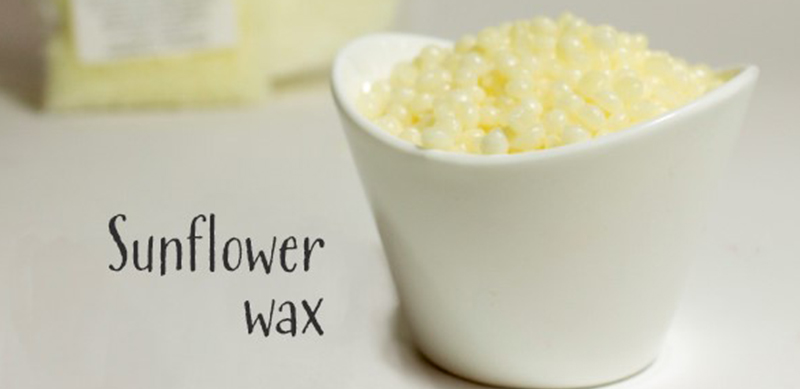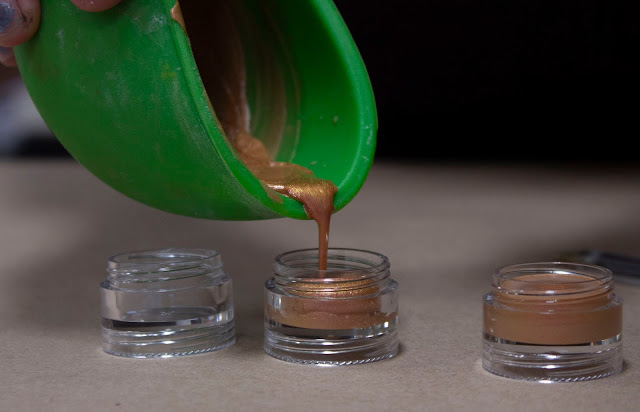About Sunflower wax and Rice Bran wax
How often do you stumble on a cosmetic formulation which calls for waxes, and specifically calls for "beeswax"? Pretty often would be my guess as beeswax has been used for 1000's of years in all kinds of cosmetics and skin care products.
Take a little break and...
Close your eyes and imagine an ancient Egyptian sold perfume unguent of sweet smelling beeswax infused with cinnamon, rose and iris.
Nice, right? But when do our poor little worker-bee-buddies get a break? The answer is when you switch to a vegan substitute for beeswax: In this blog post we are showcasing our Sunflower Wax and Rice Bran Wax!
About Waxes in Cosmetics:
If you are a cosmetic formulator, you are going to eventually use waxes in your formulation. Waxes generally have these qualities (though there are some exceptions):
- Hydrophobic (they resist water)
- Solid at room temperature; liquid at their melt point
- They don't dissolve in water
- They can dissolve in other liquids
Reasons we use waxes vary, but could include:
- They help to bind things together
- They add strength and structure to the formula
- They offer wear resistance (harder to rub off) as well as water resistance (harder to sweat off)
About Beeswax
When you are formulating with waxes, you want your product to be strong enough to not break, and have a high enough melt point that the product doesn't melt in a purse or glove compartment. But on the flip side, you can't have it be so hard that when you rub it against your skin no color comes off, or the product drags and skips.
Finding a right balance for these problems is one reason Beeswax is commonly used in cosmetics. Beeswax has a lovely plastic quality to it. If you have some, try squishing it between your fingers and you will sense a little "give".
Comparing Beeswax to Sunflower and Rice Bran wax shows us that they are kind of similar, but a little different.
Making the switchout
The main thing to focus on when you switch out a vegetable wax for beeswax in a formula is the melt point. It should be similar. As Sunflower and Rice Bran wax both have a somewhat higher melt point than beeswax, you may get a harder product at the end, so you will probably reduce the amount of wax in your formula (easiest solution) or add in softening elements such as more oil, or a soft at room temperature cosmetic butter.
Time for recipes!
Here is a recipe created by our customer Pam:
Pam's Shimmer Lip Balm Using Sunflower Wax
Instructions:
1) Measure Phase A and place into a melter bowl or 1 cup Pyrex measuring cup (or double vessel)
2)Measure out Phase B. Use a colored mica of your choice
3)Melt/Heat products and bring to an equal or similar temperature. (77C)
- If you use a boiler vessel: Place Phase A in vessel and while it's melting hold phase B in the double water, constantly stirring with thermometer until temperature is 77C
4)Pour Phase B into Phase A. Stir well
5) Add Phase C (I use a siposable pipette) Stir well . Pour into mold
*The mica we used in the pictures is "Blaze". You can find it here*
Note: You want to heat the oil so that it doesn't shock the wax when you add it.
Here is another one that we found on the internet:
- 3/4 teaspoon sunflower wax
- 1/2 tablespoon shea butter
- 1 1/2 tablespoon sunflower oil
- 1/4 teaspoon castor oil









Comments